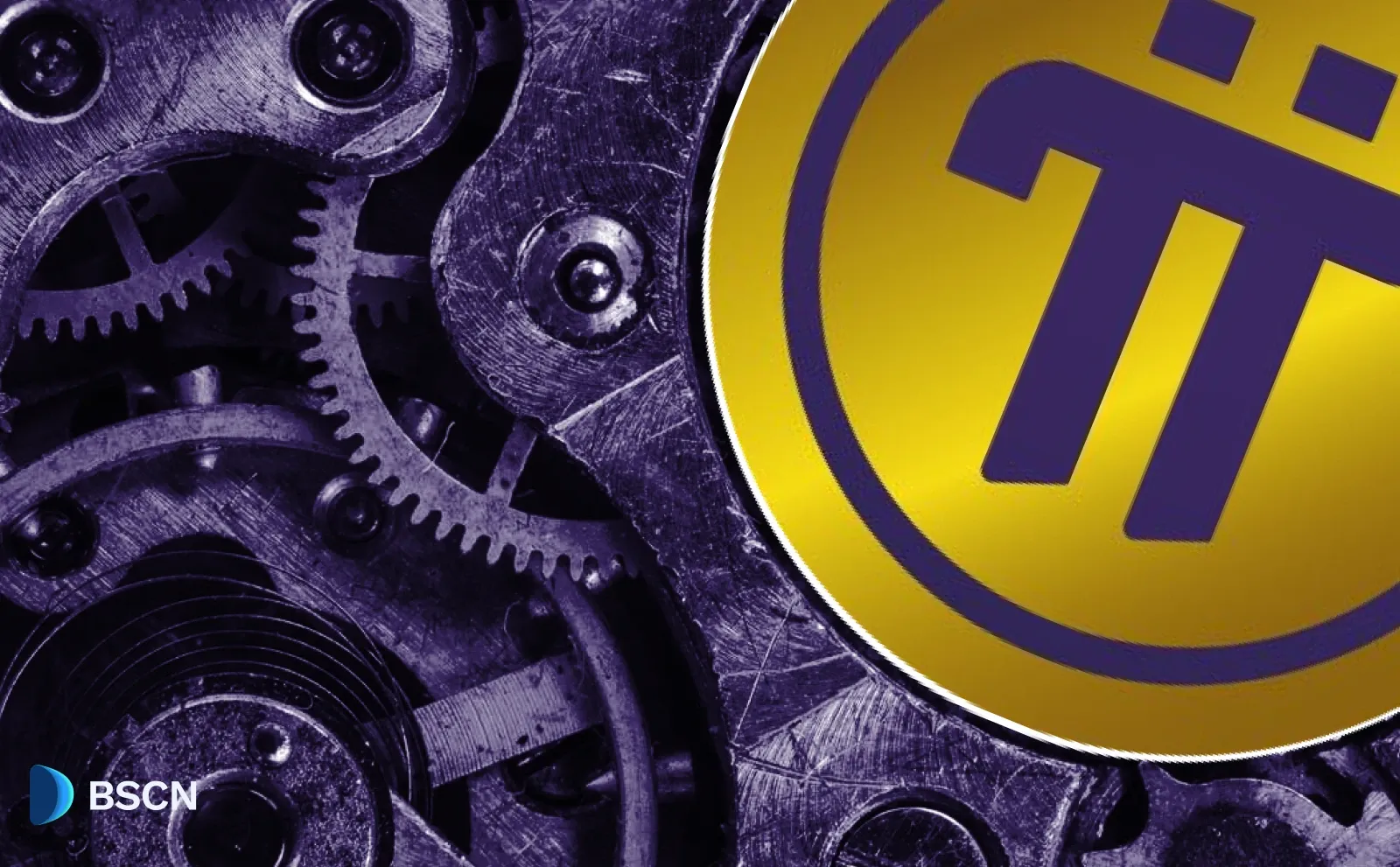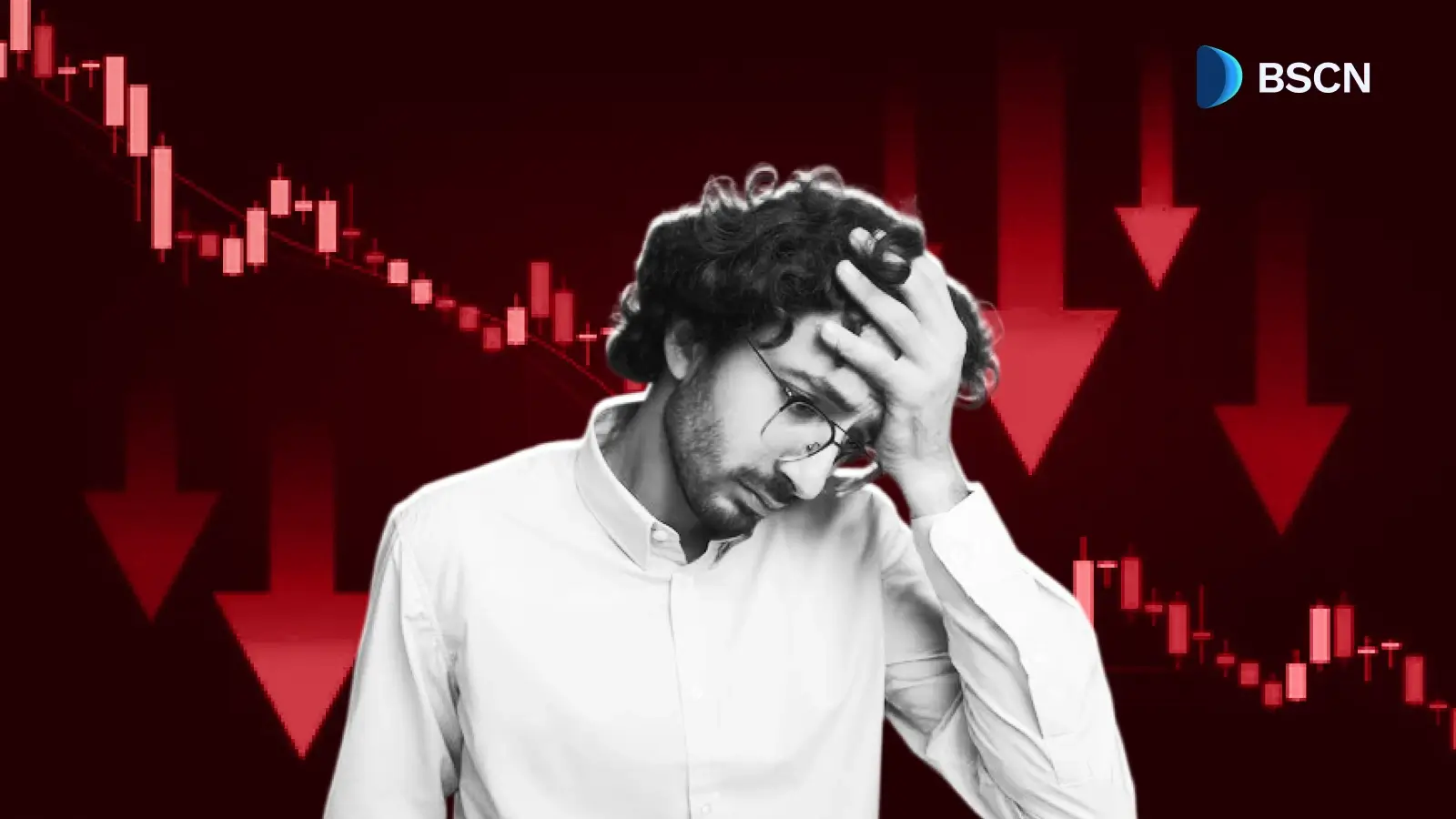WEB3
(Advertisement)
What is Backtesting in Crypto Trading

Precise and concrete data is most effective in producing high quality backtesting results, rather than involving too many data sets in the test. A combination of other trade strategies with backtesting are well worthwhile in a trader’s trading journey.
BSCN
March 17, 2021
(Advertisement)
Table of Contents
Introduction to Backtesting
Typically, all trading attempts are for profit-making. The market is the ground on which traders deploy different strategies to profit off the markets price movements. Regardless of the approach adopted, improved profitability remains the core driver for many traders. A backtesting system is a very crucial aspect of any adopted strategy. It gives the direction of what to improve upon or what to change based on historical trading/price data.
What is Backtesting?

In backtesting a strategy, traders do not need to risk real funds. It is merely a tool that traders can use when exploring new techniques or markets. Backtesting assesses the viability of a trading strategy or a pricing model by discovering how it would have played out retrospectively using historical price data.
Smart traders do not attempt using a strategy for the first time. Many subject their strategies to some tests that could prove its worth of use or not. Backtesting simulates trades and gives traders an insight into how well a strategy will work when put to live trading.
How Does Backtesting Work?

Backtesting is of two types; the manual and the automated approach. Manual backtesting involves analyzing charts and historical price data and manually placing the trades according to the strategy. On the other side, the automated system consists of using a coded program to simulate a trading strategy with all of the historical price data inputted.
The underlying premise behind the approach is to check the strategy’s viability. What worked in the past may work in the future within the same historical price range. This can be both tricky and misleading as what worked in one market may not work in another, or what worked in the past may not work in the present.
For example, a backtesting strategy could be to check the buy rate of a particular stock when it falls towards a specific percentage using historical price data.
Traders may use Google doc or spreadsheet to evaluate the performance of the strategy. The document serves as the strategy report that may include the trading platform, asset class, trading period, number of winning and losing trades, Sharpe ratio, maximum drawdown, net profit, areas in which the strategy could be improved upon, and the significance of the strategy.
Backtesting and Paper Trading

Forward performance test or paper trading provides a different insight to the market opposed to backtesting. In a paper trading strategy, traders are provided with a set of live out-of-sample data to evaluate their system. Traders do not need to risk their capital, as they could only execute their trades on paper alone. Entering all data in a sheet along with the profit and loss of their system.
Significance and Appeal of Backtesting
Backtesting shows if a strategy will perform well in the period when it’s supposed to. For example, Apple stock may rise or fall when a new release is scheduled or announced. The backtesting strategy shows if such activities have a price history, how effective, the percentage in the rise or decline of the price whenever such events are announced or scheduled.
Backtesting will provide an understanding of how the strategy performs in different markets. Backtesting in various markets will give a much better insight into a strategy than using only one market type.
Improving the strategy as per the result obtained from backtesting the system involves tweaking the strategy to fit into his profit objective. This creates a potential problem for the trader as he continues to make changes to suit his goal. The result may mean that the strategy may not be profitable in a real live trade.
Weaknesses of Backtesting

Many traders do not take into account the bias of their strategy when they continuously make changes. The result will be that the strategy may mostly fail in a real live trading environment. For backtesting to work, traders must learn to develop their strategies and test them in good faith, avoiding bias as much as possible. A strategy should be developed without relying on data and biases in the backtesting strategy.
Testing a wide range of hypothetical strategies against the same data set is more likely to fail in live trading because of too many invalid strategies. This could beat the market over some time when back teste properly. This is called data dredging.
Alternatively, to compensate for the tendencies to cherry-pick or get involved in data dredging, traders can use a strategy that works in relevant, in-samples and periods and backtest with data from different relevant and out-of-sample periods. If the two events obtained the same result or something close, then the strategy is valid.
Concluding Thoughts
Cherry-picking based on traders’ bias and data dredging should be avoided by traders at all costs. These pitfalls will declare their backtesting strategy invalid in a real live trading environment. Precise and concrete data is most effective in producing high quality backtesting results, rather than involving too many data sets in the test.
Backtesting results may be tricky because it is easy to imprint your ideas. Therefore backtesting alone won’t guarantee a 100% profitable trading experience. A combination of other trade strategies with backtesting are well worthwhile in a trader’s trading journey.
Don’t forget to download the BSC News mobile application on iOS and Android to keep up with all the latest news for Binance Smart Chain and crypto! Check out the DeFi Direct Linktree for all the access links!
For those looking for tools and strategies regarding safety and crypto education, be sure to check out the Tutorials, Cryptonomics Explainers, and Trading Tool Kits from BSC News.
Read Next...
Disclaimer
Disclaimer: The views expressed in this article do not necessarily represent the views of BSCN. The information provided in this article is for educational and entertainment purposes only and should not be construed as investment advice, or advice of any kind. BSCN assumes no responsibility for any investment decisions made based on the information provided in this article. If you believe that the article should be amended, please reach out to the BSCN team by emailing [email protected].
Author
 BSCN
BSCNBSCN's dedicated writing team brings over 41 years of combined experience in cryptocurrency research and analysis. Our writers hold diverse academic qualifications spanning Physics, Mathematics, and Philosophy from leading institutions including Oxford and Cambridge. While united by their passion for cryptocurrency and blockchain technology, the team's professional backgrounds are equally diverse, including former venture capital investors, startup founders, and active traders.
(Advertisement)
Latest News
(Advertisement)
Crypto Project & Token Reviews
Project & Token Reviews
Comprehensive reviews of crypto's most interesting projects and assets
Learn about the hottest projects & tokens
Latest Crypto News
Get up to date with the latest crypto news stories and events

















